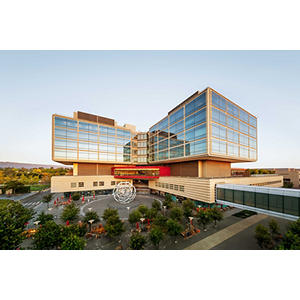
Louise Furukawa, MD
Clinical Associate Professor
Pediatric Anesthesia
Stanford Hospital
Department of Anesthesia
300 Pasteur Drive, Rm H3580
Stanford, CA 94305
Phone:
(650) 723-4000
Locations

Work and Education
Professional Education
Stanford University School of Medicine, Palo Alto, CA, 06/30/1992
Residency
University of Michigan Health System, Ann Arbor, MI, 06/30/1995
Stanford University Anesthesiology Residency, Stanford, CA, 07/31/2000
Fellowship
Stanford University Pediatric Anesthesia Fellowship, Palo Alto, CA, 01/01/2002
Internship
University of Michigan Health System, Ann Arbor, MI, 06/30/1993
Board Certifications
Pediatric Anesthesia, American Board of Anesthesiology, 2013
Anesthesia, American Board of Anesthesiology, 2002
Languages
English
Connect with us:
Download our App: